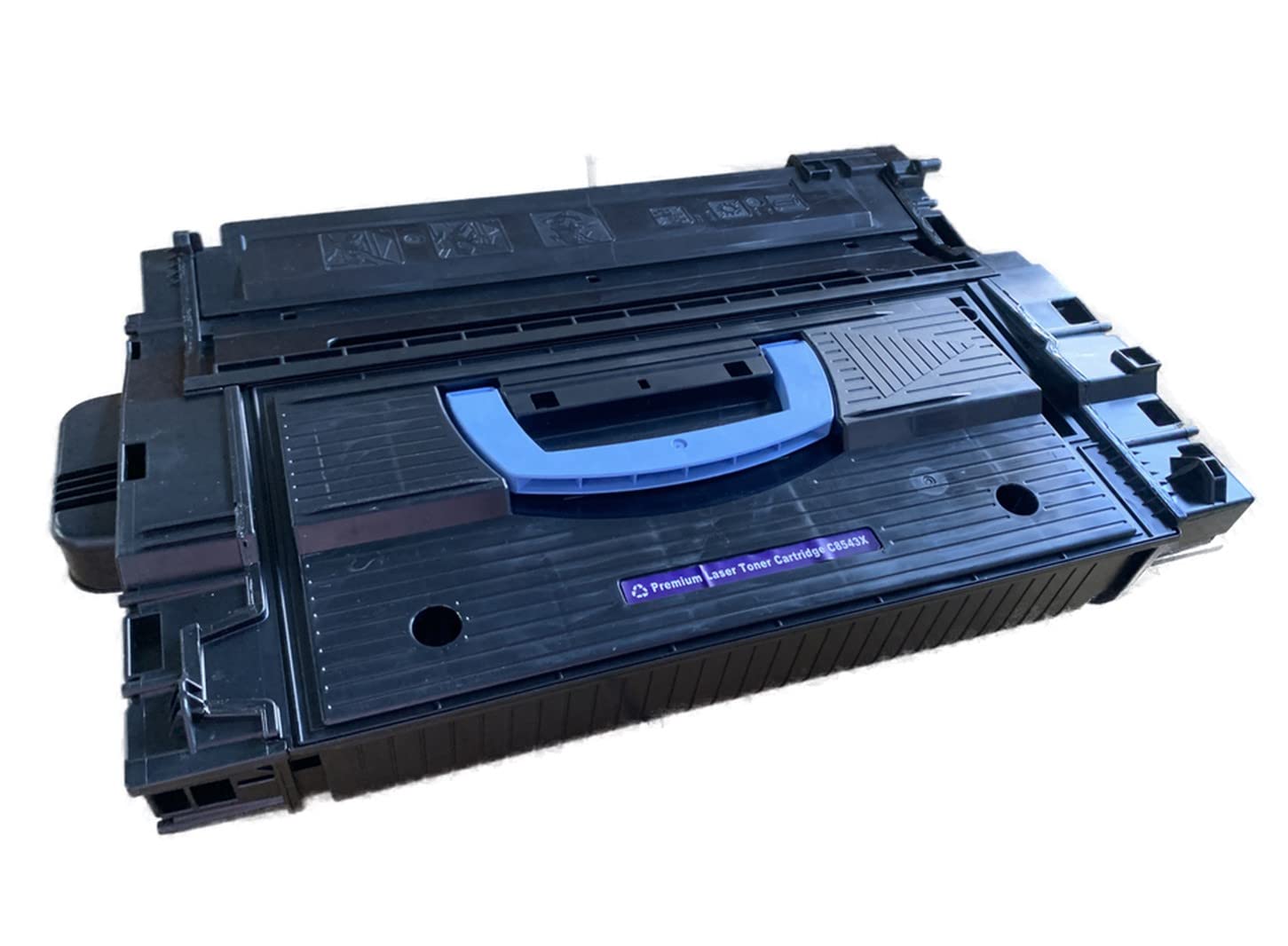
Patented laser cutting technology removes human error and maintains original cartridge tolerances. The result is a product more like the originals.
Quality Components Make Quality Cartridges
You cannot produce a quality cartridge without the utilization of quality components and sub-assemblies. MSE’s Quality Assurance and Quality Control departments lead the remanufacturing industry by embracing world class quality management system and by using tried and true inspection techniques. Components that do not meet our manufacturing standards (which exceed industry standards), are unacceptable, rejected, and the supplier is given notice by way of a request for corrective action. MSE cartridges will never compromise quality, regardless of cost.
Developer Roller And PCRS
MSE’s research has concluded that a number of aftermarket PCR’s and magnetic sleeves do not meet our acceptance standards, further; the reuse of OEM components is risky and unpredictable. MSE’s Mechanical and Chemical engineers developed a proprietary multi stage treatment process that produces a better and more consistent print than any other aftermarket or reused OEM component combination. Our chemically treated components have been qualified to perform in multiple duty cycles, but are still only used once.
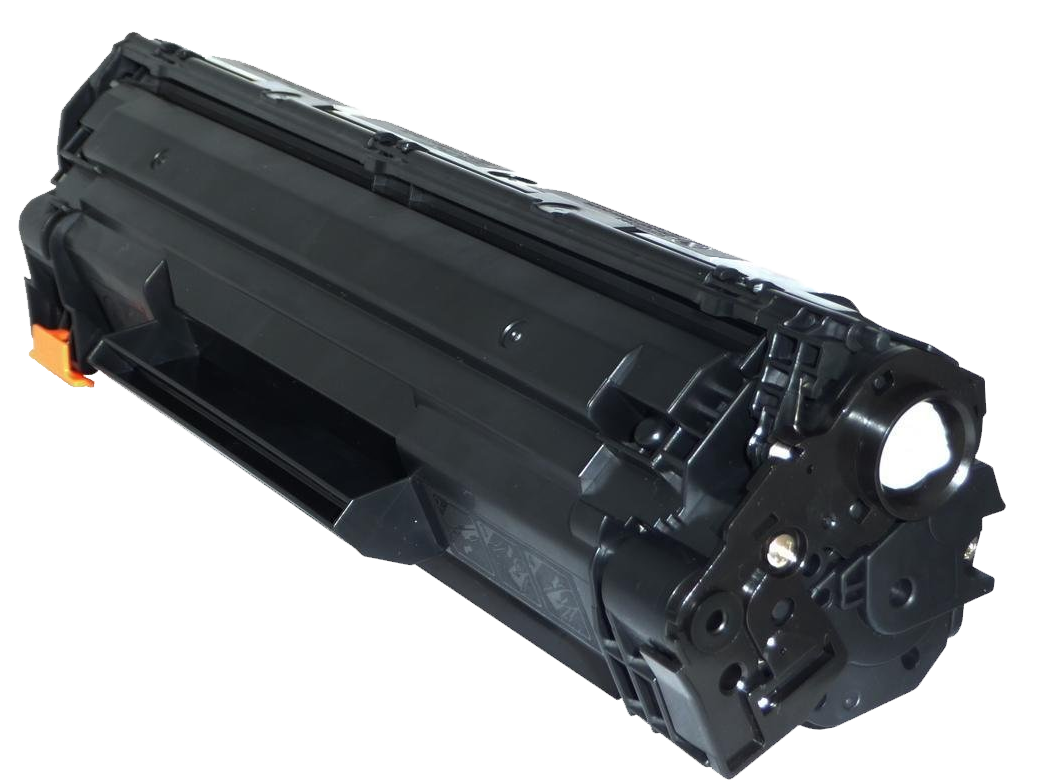
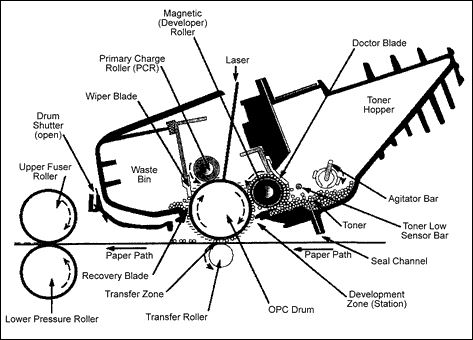
Customized Toner Formulation
Toner serves two purposes in the image re-production process: a) the formulation adheres to the paper by being thermally fused, creating the graphical images and text; and b) it also acts as a lubricant to reduce friction between moving parts such as the spinning OPC drum and the semi-abrasive surfaces that it comes into contact with. While “conventional” toner may be satisfactory in most cases, MSE specifies what we consider to be a superior grade of Toners. The resulting proprietary formulas are finer, (consistent particle size that supports better resolution), adheres to the paper better, (leaches into paper fibers that anchors the toner), and lubricates the drum, (that maintains print quality and extended life) for optimal performance. Our custom formulated toner is chemically and electrically matched to each cartridge engine system.
Long-life Professional Grade Opc Drums
MSE does not reuse or recoat OPC drums. We feel that a high quality replacement drum provides a dependable method to assure quality; so we replace every cartridge we manufacture with a brand new drum. MSE uses only grade “A” drums. We do not accept factory seconds, off spec versions, flawed, or knock-off substitutions. In many cases, they negotiate directly with drum manufacturers to produce drums to our exact specifications. This kind of business relationship affords us the exclusivity of these drums and thereby is not available to anyone else.
Blade Inspection
MSE’s manufacturing replaces all wiper blades, doctor blades, and sealing blades with new ones. These blades are produced to our design criteria; they furnish drawings produced by their engineers that are furnished to the suppliers that produce them, their quality assurance inspectors and production personnel, to assure compliance. Statistical samples are placed under first article inspection, and functionality life testing. In addition, each new wiper blade is treated with our manufacturing proprietary Anti-Flip Lubricant.
Formal Receiving Inspection
All MSE employees are trained in quality control methods. Every (empty) cartridge received is scrutinized and sorted into classifications. Those cartridges found to have damage or evidence of previous remanufacturing are segregated from the virgin empties, and are subjected to further inspection, and subsequent cannibalization. There are inspection personnel that are independent from manufacturing, and have direct access to top management regarding inspection activities and grading methods. Cartridges are pre-qualified, packaged, palletized, and stored in a manner that is designed to maintain the reliability of the cartridges. Although these cartridges will be inspected several more times before shipment, this pre-qualification supports material requirements planning, and consistent productivity.
Disassembly, Cleaning And Inspection
Before any remanufacturing operations commence, all cartridges are completely disassembled. High volume products are opened with our manufacturer’s patented laser cutting. All other products are opened with mechanical splitters designed by our manufacturer’s engineers. These methods support the proper alignment of rejoined cartridge body sections during reassembly.
- During the disassembly process many of the components are transported in specially designed fixtures to eliminate damage, and enhance down-stream acceptance. MSE also designed and produced shelving units that prevent contact between components, and minimize exposure to light.
- Oil free, dry, and filtered air (calibrated PSI) is used to remove residual toner from all cartridge components. Special ionization nozzles are also used to eliminate air-borne particulate matter.
- Continuous evaluation of the cosmetic condition of each cartridge is emphasized to all manufacturing employees, anyone can request a quality review regarding scratches, dings, blemishes, or marking that would otherwise undermine the policy of furnishing customers with a “like new” appearance.
- Each component is segregated, cleaned, and qualified.
- Applicable components are processed in a non-cfc recycled, filtered, aqueous solution that is activated by an ultrasonic cleaner to remove microscopic particles.
- Ultrasonic technology is also used to attach and seal the majority of our Toner hoppers to their cartridge bodies. Directing the sonic sound waves creates friction at a molecular level and thereby fuses / welds the two sections together without the use of glues, solvents, or other environmentally harmful substances.
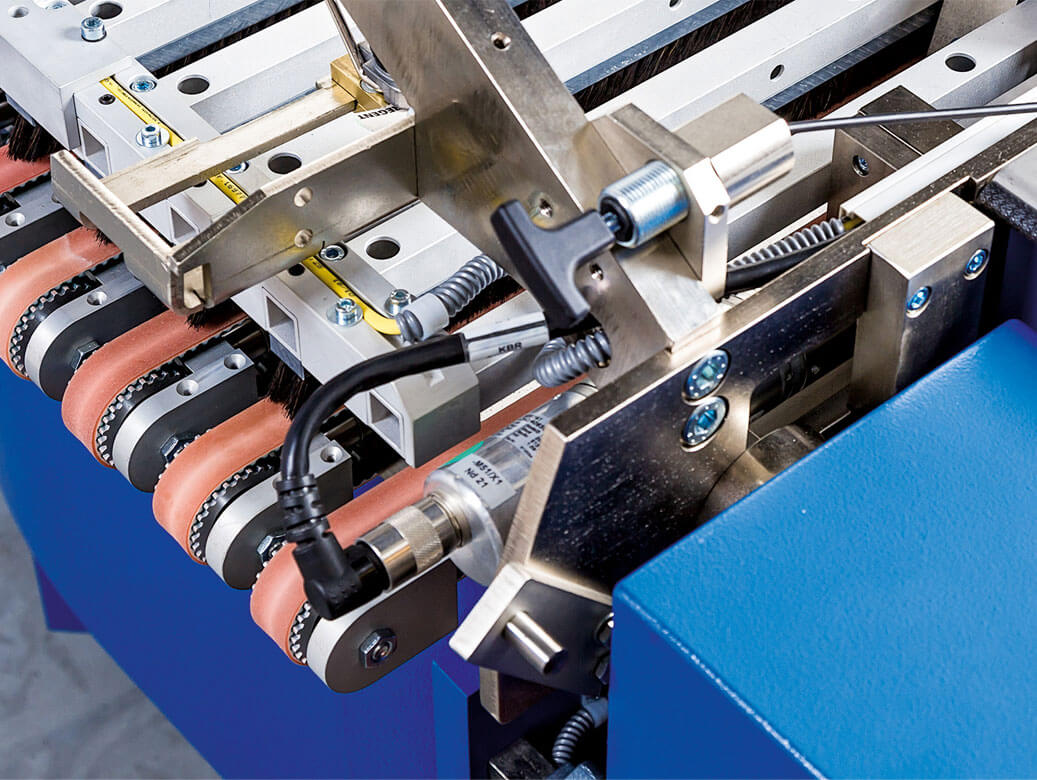
Standard splitting and sealing methods remove a layer of plastic, cut through OEM alignment pins and alter the original cartridge tolerances.These patented welding technologies ensure exact OEM alignment, eliminate human error and the need for clips. This results in precision alignment during manufacturing, superior cartridge reliability and color matching.
Incoming Component Inspection
Our manufacturing process invests a great deal of effort into clearly stating requirements to its suppliers regarding our acceptance expectations. But we do not solely rely on their inspection efforts. Manufacturing performs a formal receiving inspection on all purchased products. When we buy a product for the first time, we have it tested operationally, destructively, and in a “real world” printing situation.
Incoming Toner Inspection
MSE’s manufacturing evaluates every batch of toner prior to manufacturing. We require a disciplined lot control management system from our suppliers, which includes the retention of “Hold-Back” samples at the suppliers location for traceability on delivered lots. We also require unique lot numbers on each toner container. When a new toner lot arrives it is staged in a bonded and securely controlled location. Random samples are removed, poured through a military specification sieve which will display indications of foreign material and or unacceptably large toner particles. If found acceptable, the affected toner is loaded into its corresponding cartridge(s), some toner will react differently depending on which cartridge is used. Engine speeds, feed rates, voltage levels, and melt points must be evaluated on a “by cartridge” basis. Any irregularities discovered require an independent set of testing by manufacturing’s Toner Laboratory which determines the root cause of the subsequent rejection.
Special Processing
As previously stated the Primary Charge Rollers (PCRs) are thoroughly cleaned, inspected, and tested for conductivity, (intermittent voltage or a high resistance will dramatically affect print quality). We also perform eddy current, Foucault testing (to detect minute surface variations), and powerful microscopic visual inspection. This chemical treating process has strengthened these PCRs to be able to last through two additional life cycles. MSE guarantees that these PCRs will perform beyond expectation in the most extreme printing conditions.
Assembly Methods
Every wiper blade, doctor blade, sealing blade, and toner hopper seal is installed by a trained, qualified assembly technician, or is under the direct supervision of a team leader and or a company training officer.
Training Requirements
All new MSE employees are trained in each aspect of the cartridge assembly process from the very beginning to the last step. Existing MSE employees receive refresher training when quality becomes an issue or when a team requires cross training for an unfamiliar or new cartridge release. Every new product release includes written build instructions with diagrams or photographs to ensure that each step is completed correctly. Each assembly station or cell is held accountable for the performance and quality of every cartridge that they build. Every assembler, technician, and inspector at manufacturing is encouraged to review the previous assembly step before performing their function. Accept and reject data is collected, rendered graphically, and shared with the production teams. A dynamic compensation program based on productivity and the percentage of acceptance motivates team members to perform at remarkable rates that are competitive internationally.
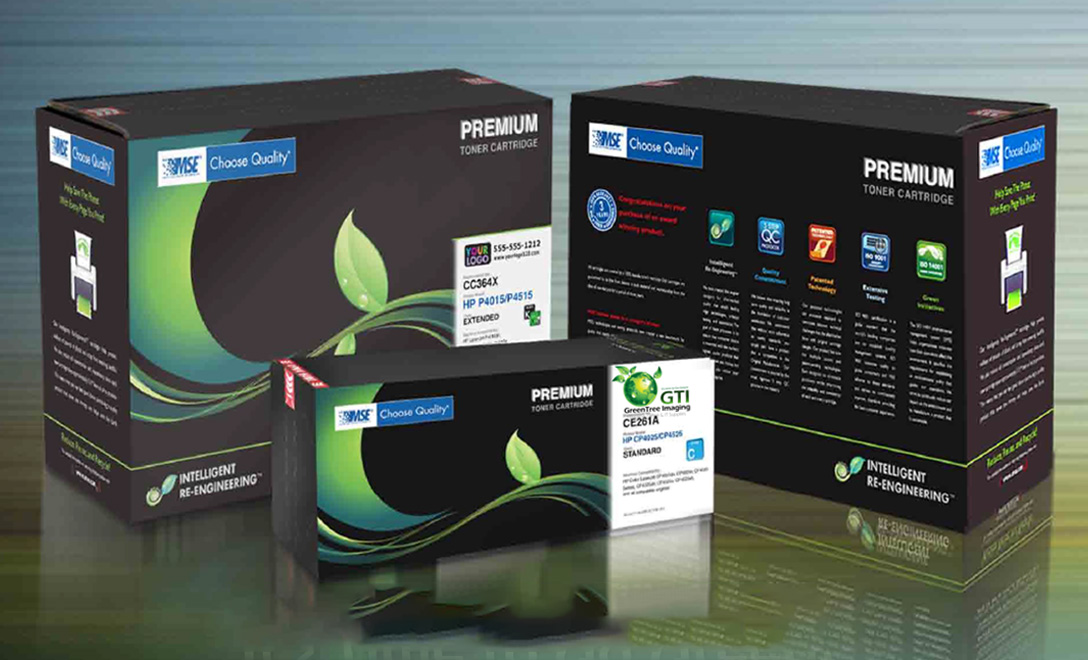
Toner Filling And Measurement
When filling a toner hopper we have discovered that more is not necessarily better, in some cartridges over-filling the toner hopper may sound like a good idea, but consider the waste hopper and its’ capacity, it is designed to hold only so much toner residue. When it becomes full, any excess toner after that will begin to accumulate in the printer cartridge bay. That is precisely why we have our cartridges weighed before and after filling; even though our manufacturing process utilizes calibrated, automated filling machines that regulate toner loads.
Value Added Philosophy
We replace components wherever an existing component could affect print quality or operational functionality.
Every MSE cartridge is print tested, twenty or more pages consisting of solid area density, (Black), Background Haze, (White), text, graphics, grey scale, and five percent test patterns which are then examined by the post production print tester, and re-evaluated by an independent quality control inspector.
PACKAGING
At the packaging stations the cartridge is again looked-over to verify cartridge integrity, and the test pages are reviewed one last time before the packaging process begins. Our cartridges are sealed in easy-to-open moisture and light proof bags, and then placed in easy-to-open, full color, lithographic boxes. Custom molded (foam in place) end-caps are produced on demand in real-time. They are created in molding fixtures designed to fit each cartridge. This packaging method is robust, cost effective, and safeguards the cartridges all the way to the end-user. Included in every applicable carton are fuser wiper wands, and product specific instructions. The easy-to-open pull strip allows the box to be opened without the use of any implements. In addition, it is re-sealable, no tape is required when repackaging. All MSE branded toner products clearly state information about our full warranty on the outside of our packaging.
Finished Goods Testing
To ensure that MSE products continue to meet or exceed OEM grade expectations, we remove product from our finished goods inventory, post packaging, final inspection, and directly from the production lines. The cartridges are randomly selected and manufacturing dates and batch numbers are recorded. Life testing is performed, where a cartridge is placed into a printer, and paper is printed out until the toner is exhausted. During this life test, a series of differing test patterns consisting of a solid black, solid white, text and graphics are printed out at intervals between a five percent coverage page consisting of alphanumeric characters evenly spaced across the entire printable area. This combination of Test Targets is designed to reveal print defects ranging from ghosting, (a background haze on the white page), drum defects, (on all pages, but exemplified on the black page), and many other defects that repeat at measured intervals, and reveal anomalies related to one of the major components in a cartridge engine. MSE cartridges also go through battery of tests for cartridges that place them under extreme conditions. Engineers perform testing in severe temperature cycles, varying percentages of humidity, atmospheric pressure and vacuum. MSE wants to be sure that our cartridges will perform well in any environment not just under standard office conditions. Our manufacturing has formulated toner that exhibits performance characteristics that perform consistently better than conventional ones in these extreme conditions. They also simulate conditions that reflect shipping and transportation environments. Our box and foam end-cap combination is designed to survive 30 foot drop tests. We have a fixed displacement vibration table that exceeds the vibrations of any turbulent flight, rutted or potholed road. Whether we’re shipping across the county or overseas, our product will arrive intact.
Independent Evaluation of Our Product
TMA Laser Group’s manufacturer, MSE, recently received certification for Standardized Testing from the International Imaging Technology Council. This STMC certification includes:
- Package Integrity per: ISTA 1A
- Standard Practice for Determining Toner Usage for Printer Cartridges, (ASTM F 1856)
- Density Measurement, Geometric Conditions for Reflection Density, (ANSI IT2.17)
- Standard Test Method for Evaluation of Larger Area Density and Background on Electro-photographic Printers, (ASTM F 2036)
Most recently we have become ISO 14000 compliant, and eventually receive third party accreditation. Many materials used to produce Infinity’s products that are not sold, such as: ABS plastic, paper, cardboard, and secondary waste materials are recycled. And we are pleased to produce a product that has a seventy-five percent post-consumer valuation.
DRIVE TOWARDS WHAT MATTER
Want to get new Products
We have become ISO 14000 compliant, and eventually receive third party accreditation. Many materials used to produce Infinity's products that are not sold, such as: ABS plastic, paper, cardboard, and secondary waste materials are recycled.







